
|

|

|

|
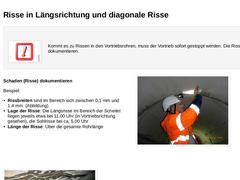
|

|
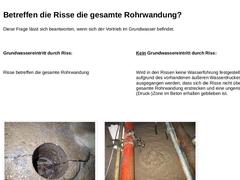
|

|
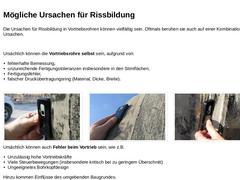
|

|
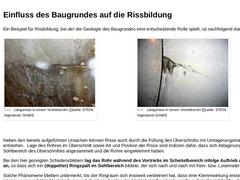
|

|
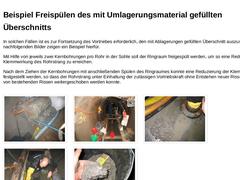
|

|
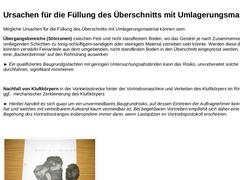
|

|

|

|

|

|
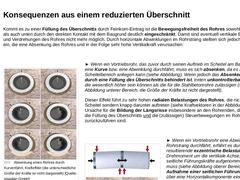
|

|
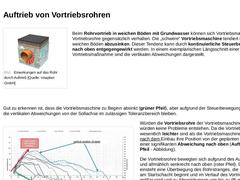
|

|
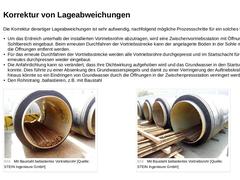
|

|

|

|
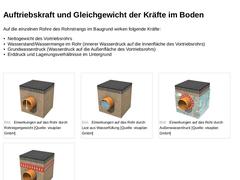
|

|
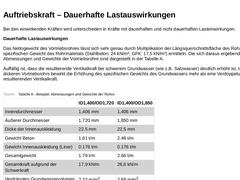
|

|
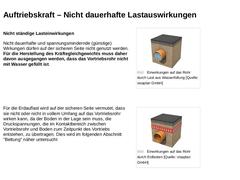
|

|
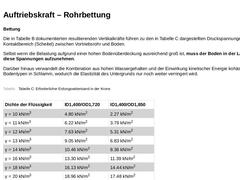
|

|
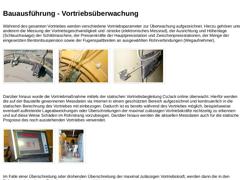
|
Während des gesamten Vortriebes werden verschiedene Vortriebsparameter zur Überwachung aufgezeichnet. Hierzu gehören unter anderem die Messung der Vortriebsgeschwindigkeit und -strecke (elektronisches Messrad), der Ausrichtung und Höhenlage (Schlauchwaage) der Schildmaschine, der Pressenkräfte der Hauptpressstation und Zwischenpressstationen, der Menge der eingesetzten Bentonitsuspension sowie der Fugenspaltbreiten an ausgewählten Rohrverbindungen (… |

|
Bevor der Start- und Zielschacht verfüllt werden können, werden die Schachtbauwerke errichtet und die Verbindungen zu dem vorgetriebenen Rohrstrang hergestellt.
Nach Verfüllung des Start- und Zielschachtes erfolgt die Wiederherstellung der Bepflanzung der Geländeoberfläche durchgeführt. |
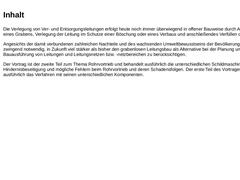
|

Die Verlegung von Ver- und Entsorgungsleitungen erfolgt heute noch immer überwiegend in offener Bauweise durch Ausheben eines Grabens, Verlegung der Leitung im Schutze einer Böschung oder eines Verbaus und anschließendes Verfüllen des Grabens. Angesichts der damit verbundenen zahlreichen Nachteile und des wachsenden Umweltbewusstseins der Bevölkerung ist es zwingend notwendig, in Zukunft viel stärker als bisher den grabenlosen Leitungsbau als Alternative … |
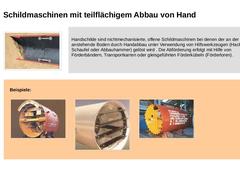
|

|
(Bild: Einfacher Handschild - Ortsbrust mit natürlicher Stützung) |
Handschilde sind nichtmechanisierte, offene Schildmaschinen bei denen der an der Ortsbrust anstehende Boden durch Handabbau unter Verwendung von Hilfswerkzeugen (Hacke, Spaten, Schaufel oder Abbauhammer) gelöst wird . Die Abförderung erfolgt mit Hilfe von Förderbändern, Transportkarren oder gleisgeführten Förderkübeln (Förderloren). |
|
|
|
Beispiele: |
(Bild: Handschild (Außendurchmesser … |
|
|

|

(Tabelle: Einteilung von Handschilden nach der Art der Ortsbruststützung [FI-Steina]) |
|
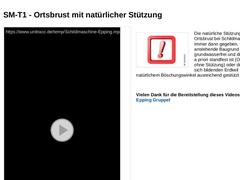
|

(Video: Ortsbrust mit natürlicher Stützung – Abbau der Ortsbrust mittesls Schrämmkopf) Wichtig: Die natürliche Stützung der Ortsbrust bei Schildmaschinen ist immer dann gegeben, wenn der anstehende Baugrund grundwasserfrei und die Ortsbrust a priori standfest ist (Ortsbrust ohne Stützung) oder durch einen sich bildenden Erdkeil mit natürlichem Böschungswinkel ausreichend gestützt wird. Vielen Dank für die Bereitstellung dieses Videos an die Epping … |
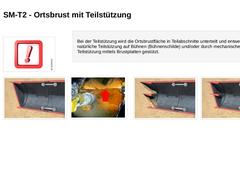
|

Bei der Teilstützung wird die Ortsbrustfläche in Teilabschnitte unterteilt und entweder durch natürliche Teilstützung auf Bühnen (Bühnenschilde) und/oder durch mechanische Teilstützung mittels Brustplatten gestützt. (Bild: Handschild mit Bühnen (Bühnenschild) - Ortsbrust mit natürlicher Teilstützung) (Bild: Handschild mit Brustplatten - Ortsbrust mit mechanischer Teilstützung) (Bild: Handschild mit Bühnen und Brustplatten - Ortsbrust mit … |